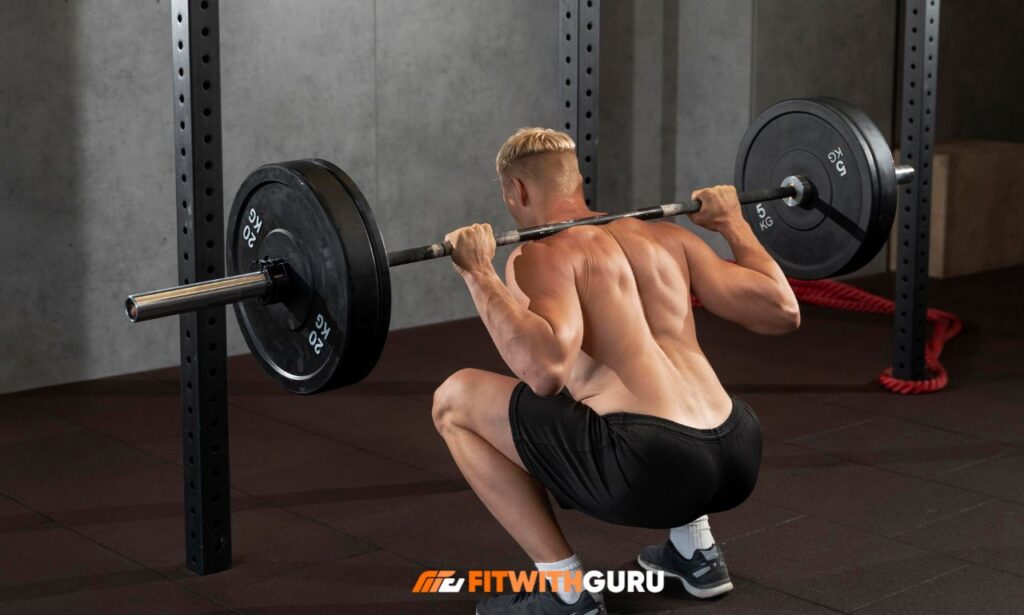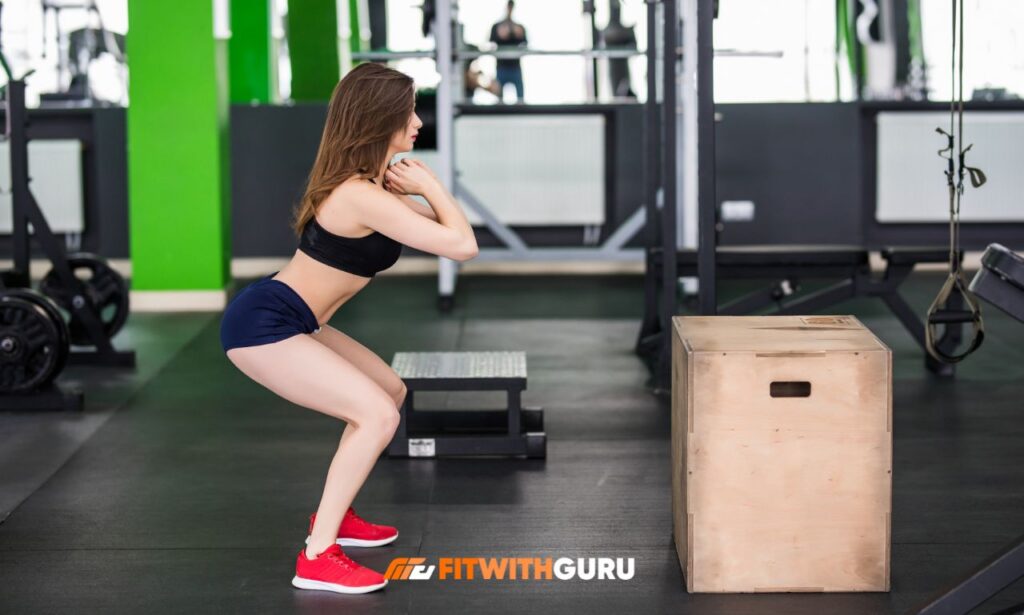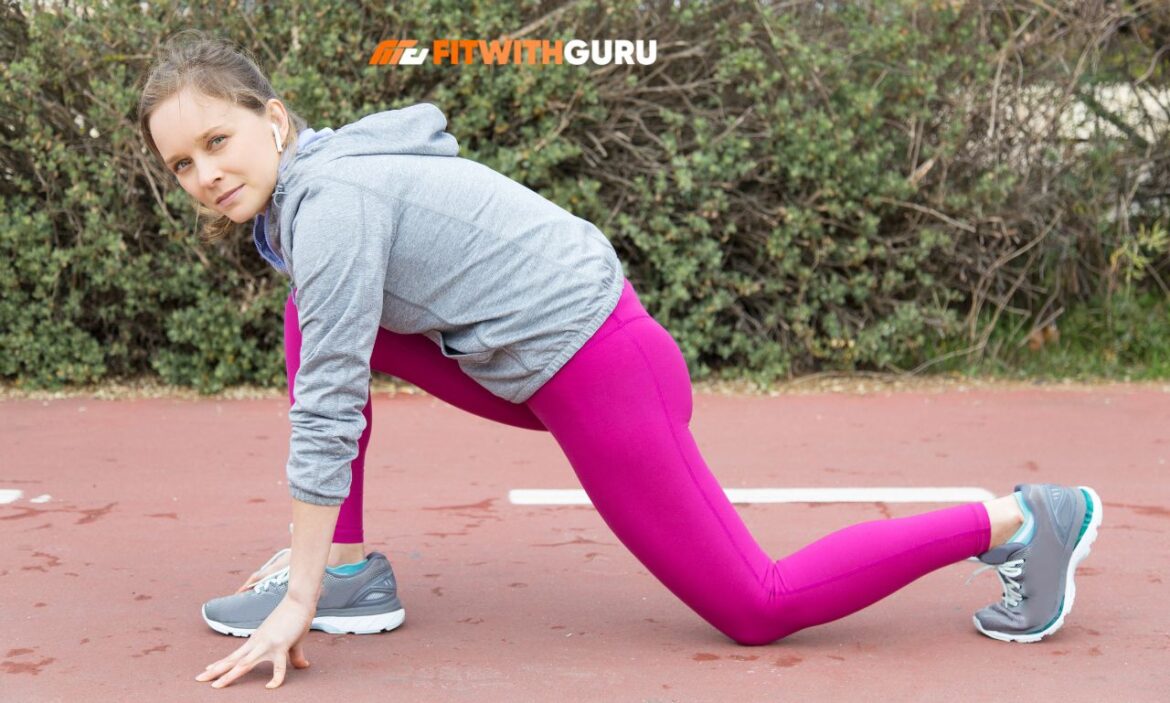Jumpers knee exercises are essential for anyone dealing with patellar tendinopathy, a common condition that affects athletes and active individuals alike.
Whether you’re a basketball player struggling with knee pain or someone who’s recently noticed discomfort below your kneecap, understanding how to rehabilitate this injury properly can mean the difference between weeks of frustration and a successful recovery.
This condition occurs when the tendon connecting your kneecap to your shinbone becomes irritated from repetitive stress.
The good news? You don’t need expensive equipment or a gym membership to start your recovery journey.
Understanding Jumper’s Knee Before You Start Exercising
Before diving into specific jumper’s knee exercises for beginners, it’s crucial to understand what’s happening inside your knee.
The patellar tendon works overtime during activities that involve jumping, running, or sudden changes in direction. When this tendon experiences more stress than it can handle, microscopic tears develop in the tissue.
Your body tries to repair these tears, but if you continue the same activities without proper rest, the damage accumulates faster than your body can heal it.
The exercises we’ll discuss work by gradually loading the tendon in a controlled manner, promoting tissue healing and increasing its capacity to handle stress.
The Eccentric Advantage: Why These Exercises Work
Eccentric exercises form the foundation of most jumpers knee exercises for athletes because they specifically target tendon healing.
Unlike traditional exercises, where you focus on lifting weights, eccentric movements emphasize the lowering phase.
This controlled lengthening of the muscle-tendon unit under load has been scientifically proven to stimulate collagen production and tendon remodeling.
Research indicates that eccentric training can alleviate pain and enhance function in up to 90% of cases of patellar tendinopathy when performed consistently.
Essential Jumpers Knee Exercises at Home
1. Eccentric Decline Squats
The decline squat is the gold standard among jumpers knee exercises because it targets the patellar tendon.

- Find a decline board or use a sturdy wedge with about a 25-degree angle.
- Stand on the decline with both feet, then lift your unaffected leg off the board.
- Slowly lower yourself into a squat position on your affected leg, taking 3-5 seconds for the descent.
- Use both legs to return to the starting position, but only use your affected leg for the lowering phase.
- Start with 3 sets of 15 repetitions twice daily, and gradually increase resistance by holding dumbbells as you get stronger.
2. Single-Leg Leg Press (Eccentric Focus)
If you have access to basic equipment, this exercise provides excellent controlled resistance for patellar tendon rehabilitation.
- Position yourself in a leg press machine or use resistance bands attached to a fixed point.
- Press up with both legs, then slowly lower the weight using only your affected leg over 4-5 seconds.
- Begin with a weight that allows you to complete 3 sets of 12 repetitions with good form and manageable discomfort.
3. Spanish Squats with Isometric Holds
Spanish squats are an excellent knee exercise for beginners, as they reduce compressive forces on the knee while targeting the quadriceps.
- Place a strong resistance band behind your knees and anchor it to a stable point at knee height.
- Lean back into the band, allowing it to push your shins forward while your knees are bent.
- Hold a squat position for 30-45 seconds, focusing on contracting your quadriceps throughout the hold.
- Perform 4-5 holds with 60 seconds rest between each, and gradually increase hold duration as your strength improves.
4. Step-Downs with Controlled Tempo
Step-downs are excellent functional jumpers knee exercises that mimic real-world movements while building tendon resilience.
- Stand on a stable platform or stair about 6-8 inches high, with your affected leg on the step and your other foot hanging off the edge.
- Slowly lower your hanging foot toward the ground by bending your standing knee, taking 3-4 seconds to complete the descent.
- Focus on keeping your knee tracking over your toes and avoiding any inward collapse.
- Complete 3 sets of 10-12 repetitions, and increase step height as you progress through your rehabilitation.
5. Wall Sits for Isometric Strength
Wall sits build crucial isometric strength in your quadriceps, which helps reduce the load on your patellar tendon during daily activities.
- Position your back against a wall and slide down until your thighs are parallel to the ground, with your knees bent at a 90-degree angle.
- Hold this position for 30-60 seconds, maintaining steady breathing throughout.
- Start with 3-4 holds per session, and gradually increase duration up to 90 seconds as your endurance improves.
6. Terminal Knee Extensions
Terminal knee extensions are a simple yet effective jumper’s knee exercise for athletes returning to sport-specific activities.
- Wrap a resistance band around a stable post at knee height and loop it behind your affected knee.
- Take a step back to create tension in the band, starting with your knee slightly bent.
- Straighten your knee completely, squeezing your quadriceps at the top of the movement for 2 seconds.
- Perform 3 sets of 20 repetitions, increasing band resistance as the exercise becomes easier.
7. Reverse Nordic Curls
Reverse Nordic exercises are advanced jumpers’ knee exercises that create significant eccentric loading of the quadriceps and patellar tendon.
- Kneel on a padded surface with your knees hip-width apart and your body upright.
- Slowly lean backward, keeping your hips extended and your body in a straight line from knees to shoulders.
- This exercise creates substantial tendon loading, so only attempt it after mastering the earlier exercises in this progression.
- Start with 2 sets of 5 repetitions, and gradually build up to 3 sets of 10 over several weeks.
8. Plyometric Progression: Box Drops
Once you’ve built a solid strength foundation, controlled plyometrics help restore your tendons’ ability to handle impact forces.

- Start by standing on a low box (4-6 inches) and stepping down onto both feet simultaneously.
- Focus on landing softly with bent knees, absorbing the impact through your entire lower body.
- These jumpers knee exercises for athletes bridge the gap between fundamental strengthening and return to full sports participation.
Perform 3 sets of 8-10 repetitions, ensuring you maintain perfect landing mechanics throughout.
Creating Your Jumpers Knee Exercise Program
| Phase | Duration | Exercise Focus | Frequency | Key Goal |
| Early (Weeks 1-3) | 3 weeks | Spanish squats, wall sits, terminal extensions | Daily | Pain reduction, basic strength |
| Intermediate (Weeks 4-8) | 5 weeks | Eccentric decline squats, step-downs | 5-6 days/week | Tendon loading tolerance |
| Advanced (Weeks 9-12) | 4 weeks | Reverse nordics, single-leg press | 4-5 days/week | Strength building |
| Return to Sport (Weeks 13+) | Ongoing | Box drops, sport-specific movements | 3-4 days/week | Function restoration |
Success with jumpers knee exercises at home requires consistency and patience—tendon healing operates on a different timeline than muscle recovery.
Most people see significant improvements within 6-8 weeks, but complete rehabilitation typically takes 12-16 weeks.
Track your pain levels using a simple 0-10 scale before, during, and after exercise to objectively monitor your progress.
Common Mistakes to Avoid During Rehabilitation
Many people sabotage their recovery by trying to progress too quickly through their exercise program.
Your tendon needs adequate time to adapt to increasing loads, typically requiring 48 to 72 hours between intense loading sessions.
Skipping the eccentric phase of exercises eliminates the primary mechanism that drives tendon healing and strengthening.
Another critical error is continuing activities that aggravate your condition while trying to rehabilitate.
Jumping, running, and explosive sports movements should be minimized during the early phases of rehabilitation.
Complementary Strategies for Faster Recovery
While jumper’s knee exercises form the cornerstone of rehabilitation, several complementary approaches can enhance your results.
Applying ice after exercise sessions helps manage inflammation and reduce post-exercise soreness effectively.
Apply ice for 15-20 minutes immediately after your workout, using a barrier such as a thin towel to prevent skin damage.
Adequate protein intake supports collagen synthesis and tendon repair, so aim for 1.6-2.2 grams of protein per kilogram of body weight daily.
Consider working with a physical therapist who can assess your biomechanics and identify any movement patterns contributing to your knee pain.
FAQs
How long does it take for jumpers knee exercises to work?
Most people experience noticeable pain reduction within 2-4 weeks of consistent exercise, but complete tendon remodeling typically requires 12-16 weeks.
The timeline varies based on severity, consistency with exercises, and whether you adequately reduce aggravating activities.
Early improvements often include decreased morning stiffness and reduced pain during daily activities, while return to full sports participation usually takes 3-4 months.
Can I continue playing sports while doing jumpers knee exercises?
This depends on your pain level and the stage of your rehabilitation. During the initial phases, you should significantly reduce or eliminate jumping and explosive movements that aggravate your symptoms.
As your pain decreases and strength improves, gradually reintroduce sport-specific activities, monitoring your symptoms closely.
A good rule of thumb is that pain during activity should never exceed 3-4 out of 10 and should return to baseline within 24 hours.
Are jumpers knee exercises painful?
Some discomfort during exercises is customary and even expected, but there’s a difference between therapeutic discomfort and harmful pain.
Exercises should create a pulling or stretching sensation in your patellar tendon, rated around 3-4 out of 10 on a pain scale.
Sharp, stabbing pain or discomfort that worsens as you continue the exercise indicates you’re pushing too hard or using incorrect form.
What’s the difference between jumpers knee exercises for athletes and beginners?
The fundamental exercises remain the same, but athletes typically progress more quickly and eventually incorporate higher-level plyometric and sport-specific movements.
Jumpers knee exercises for beginners emphasize pain management, basic strength building, and learning proper movement patterns.
Athletes need to regain explosive power and sport-specific movement qualities in addition to fundamental strength.
Should I do jumpers knee exercises every day?
Frequency depends on the specific exercises and your current rehabilitation phase. Isometric exercises, such as Spanish squats and wall sits, can typically be performed daily because they don’t create significant muscle damage.
Heavy eccentric exercises, such as decline squats, generally require 48-72 hours between sessions to allow for tendon adaptation.
Most effective programs combine daily isometric work with eccentric exercises performed 3-5 times per week.
Conclusion
Recovering from jumper’s knee requires dedication, patience, and a systematic approach to rehabilitation through targeted exercises.
The eight jumpers knee exercises outlined in this guide provide a comprehensive framework for rebuilding tendon strength and restoring pain-free function.
Remember that consistency matters more than intensity during the early stages—performing exercises regularly with moderate loads yields better outcomes than sporadic, intense training.
With proper execution of these jumpers knee exercises at home and realistic expectations about healing timelines, most people successfully overcome patellar tendinopathy and return to the activities they love.
Start today with the foundational exercises, progress methodically through the phases, and you’ll be jumping pain-free sooner than you think.

